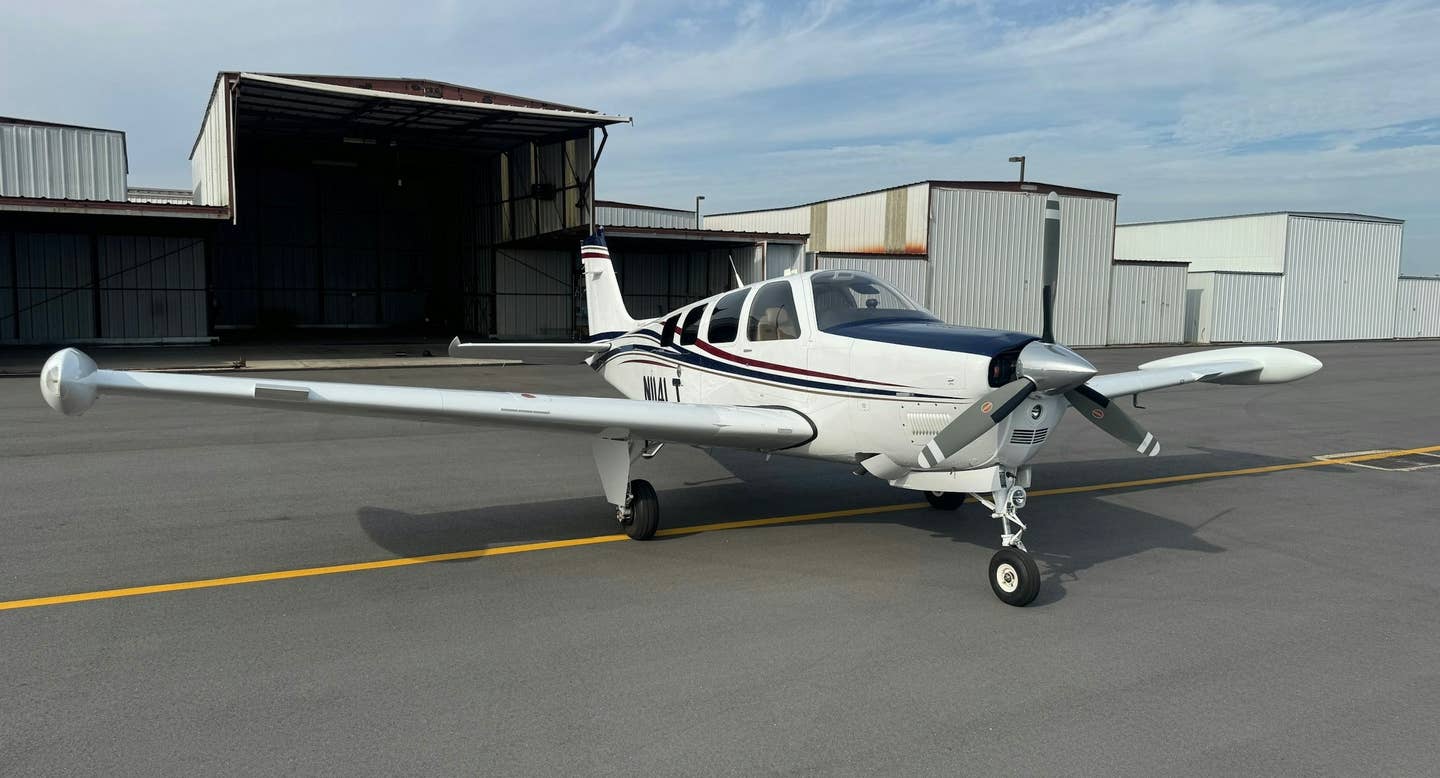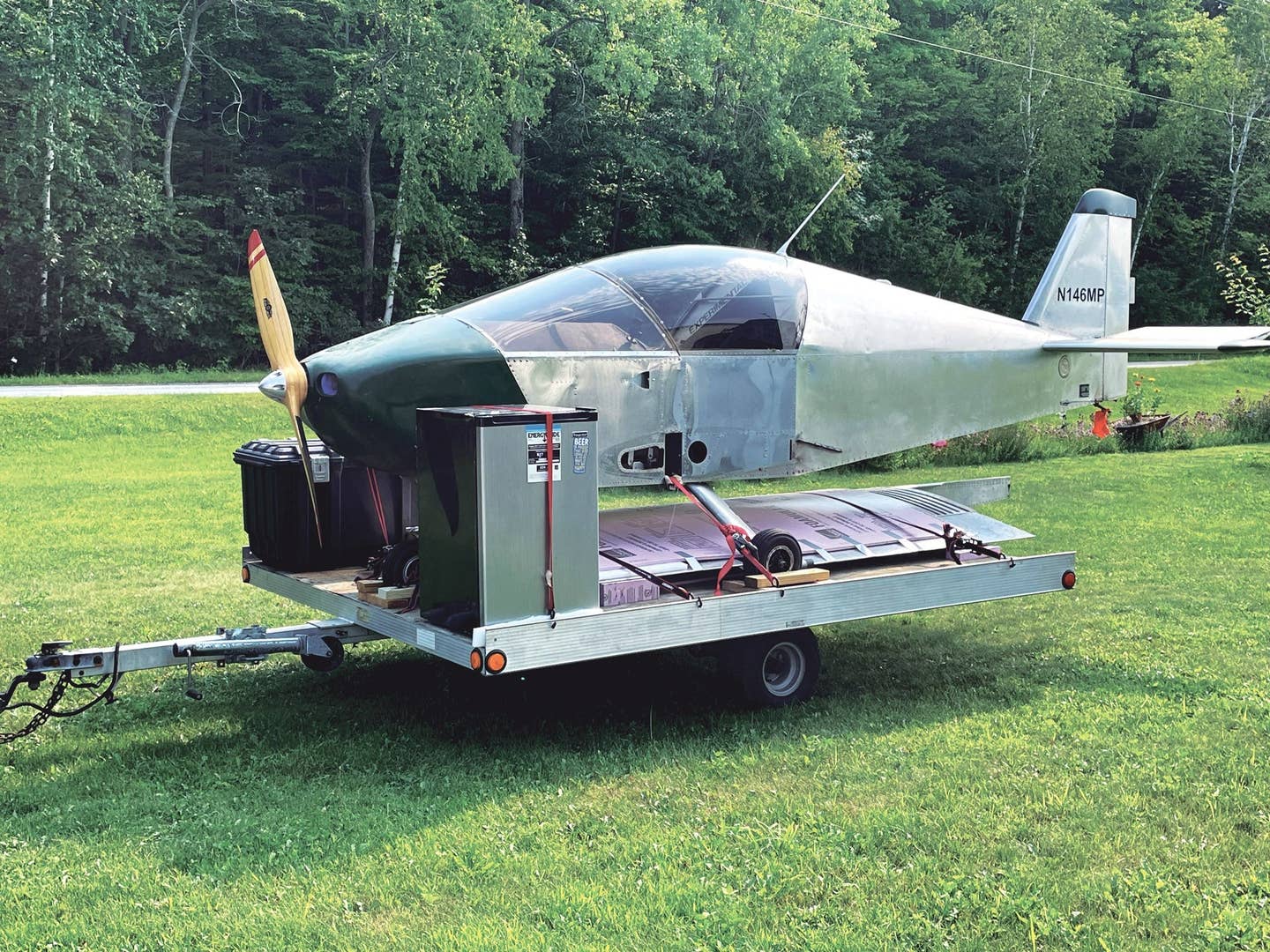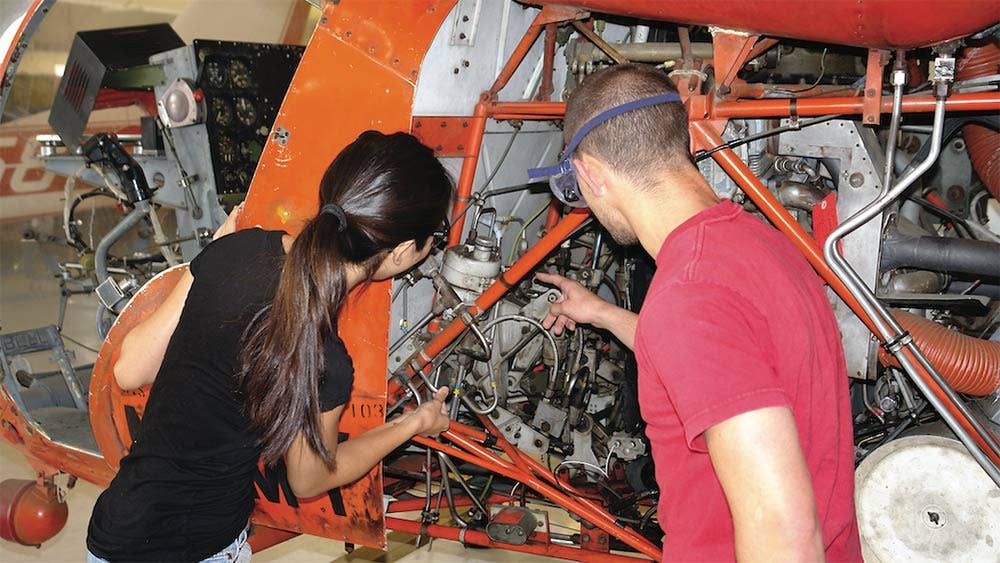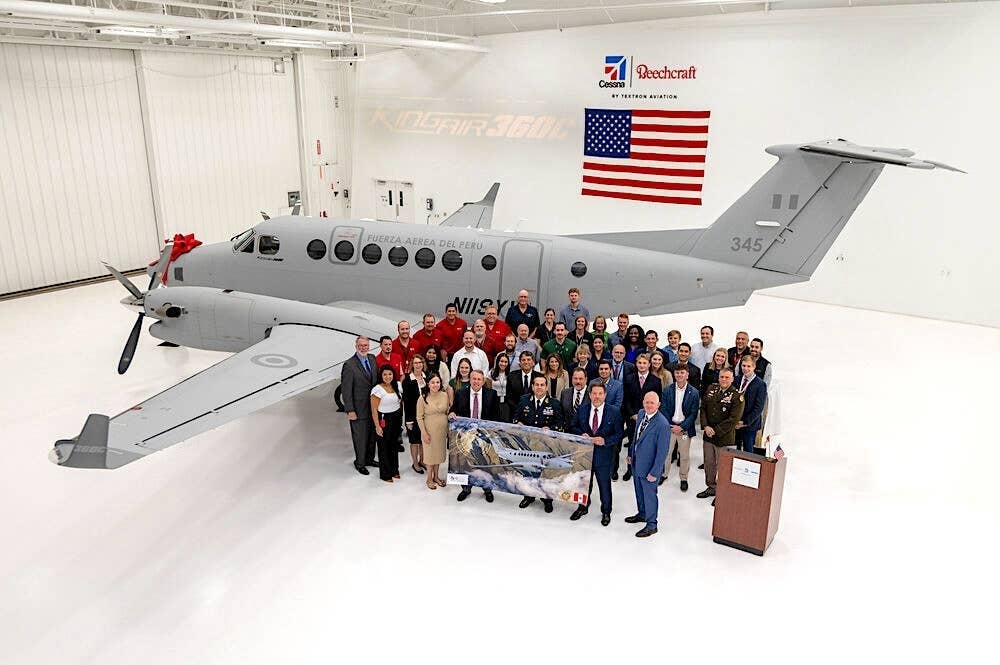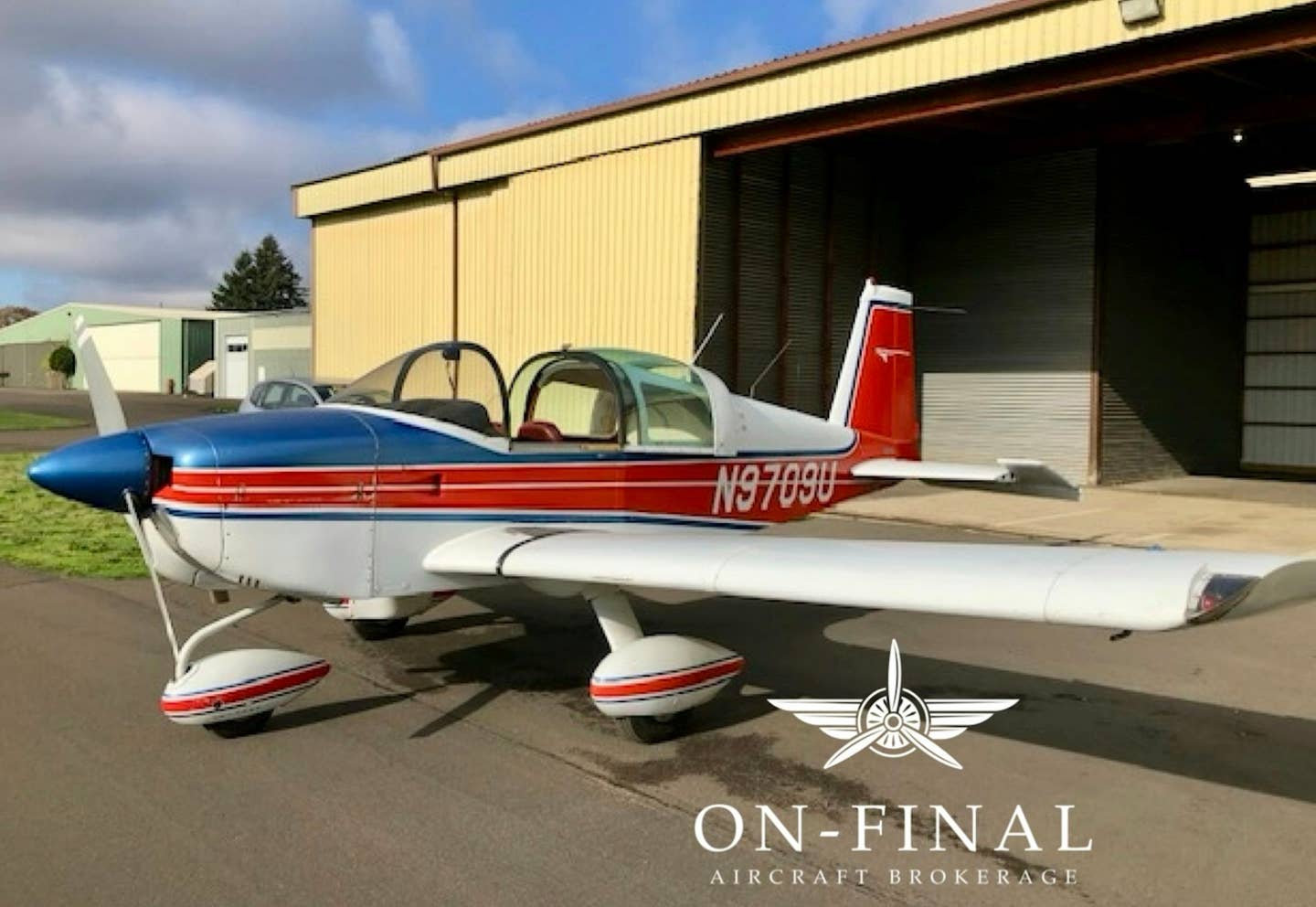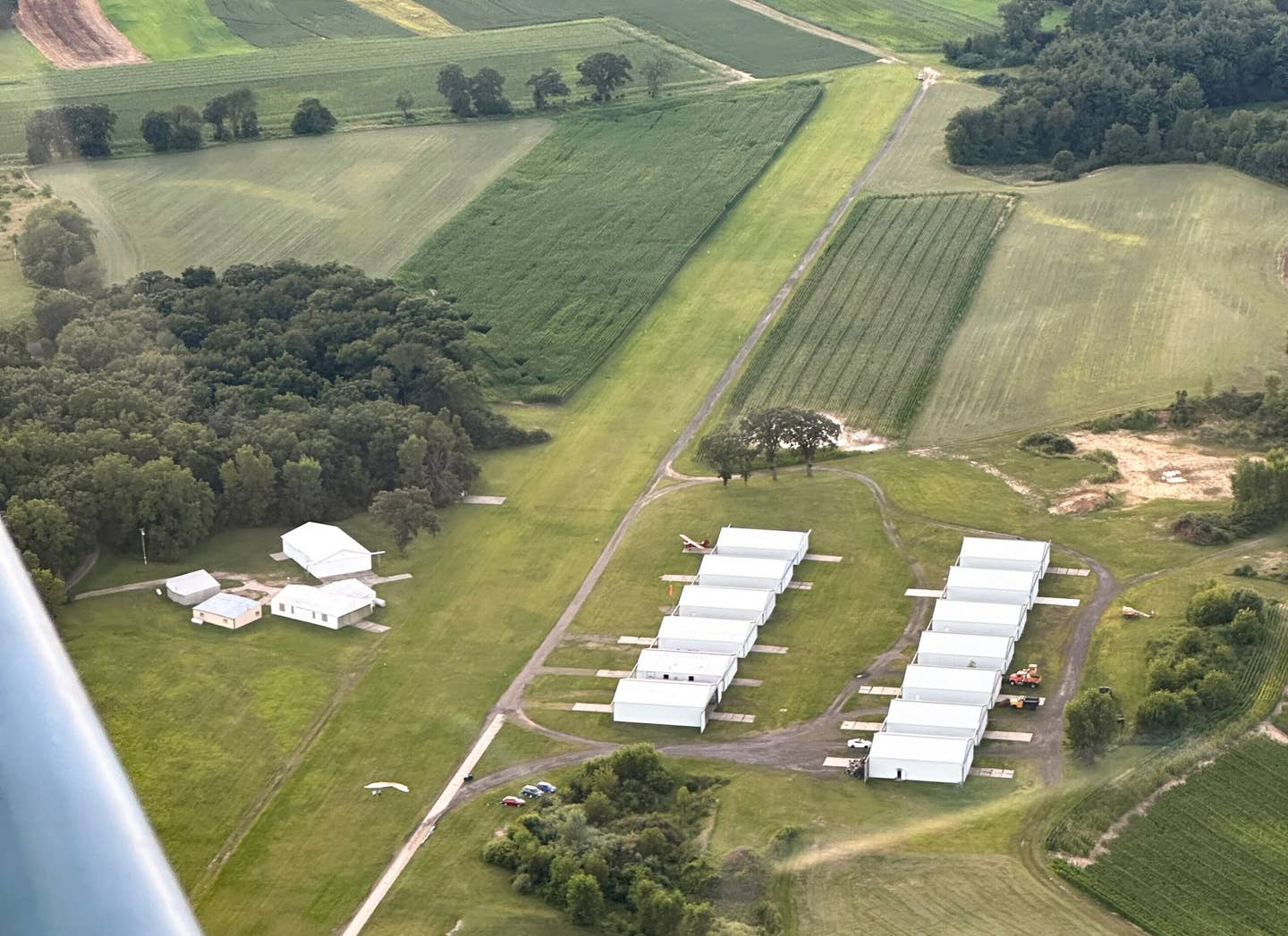
The FAA yesterday issued another five exemptions for commercial UAS operations to four companies under Section 333 of the FAA Modernization and Reform Act of 2012. The new exemptions greatly broaden the spectrum for legal commercial UAS uses, which has previously only been approved for movie making operations operating in controlled environments. The companies that obtained the latest round of exemptions are Trimble Navigation Limited; VDOS Global, LLC; Clayco, Inc.; and Woolpert, Inc.
Clayco, Inc. will use its drones for construction site monitoring and Trimble will incorporate its own UAS, the Trimble UX5 Aerial Imaging Rover, into the surveillance of such operations as oil and gas, mining, construction and agriculture.
VDOS Global, LLC will use its exemption for inspection services and data collection, specifically the inspection of oilrig structures owned and operated by Shell in the Gulf of Mexico. VDOS said there are 3,500 potential inspection sites in the Gulf of Mexico alone and the use of drones, incorporating high definition and thermal imaging, decrease the cost of inspection dramatically.
Finally, Woolpert, which received two exemptions, will conduct surveying and mapping services for such operations as emergency response, damage assessment, construction monitoring, environmental studies and precision agriculture. "UAS will change the way we conduct some of our existing business in the not-too-distant future," said Jeff Lovin, Woolpert's senior vice president, "but more importantly, we will create completely new and world-changing applications we haven't even thought of yet."
There are now 11 operators that have been approved for commercial UAS operations. UAS have also been used in public entities for missions such as law enforcement, firefighting and border patrol for about two decades under Certificates of Authorization.
However, the FAA is still working on a plan to integrate UAS into the national airspace system. Under the FAA Modernization and Reform Act of 2012, which was issued in February 2012, the House of Representatives mandated the FAA to complete this integration by September 2015, a target the FAA says it will be unable to meet. The act included 17 tasks with regards to the implementation of UAS with different statutory target dates. The FAA has completed nine of those tasks, all of which missed their targeted dates, according to written testimony that was put forth by Matthew Hampton, assistant inspector general for aviation audits within the Department of Transportation as part of a congressional hearing yesterday. Some milestones were missed by more than one year.
The European Aviation Safety Agency has already established rules governing UAS and the systems are used in commercial operations there.
Get exclusive online content like this delivered straight to your inbox by signing up for our free enewsletter.
We welcome your comments on flyingmag.com. In order to maintain a respectful environment, we ask that all comments be on-topic, respectful and spam-free. All comments made here are public and may be republished by Flying.

Sign-up for newsletters & special offers!
Get the latest FLYING stories & special offers delivered directly to your inbox

